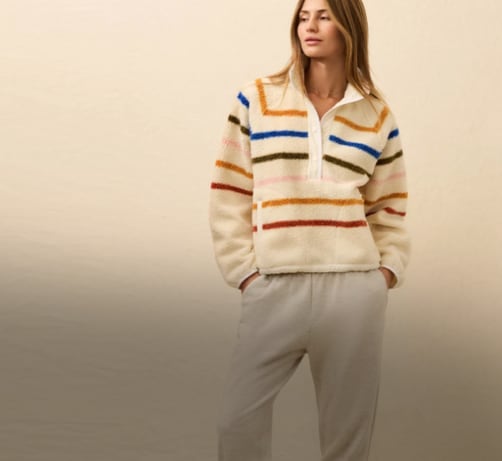
A hat may seem like an optional accessory for running. Compared with essentials like running shoes, it is. But for many runners, the right hat is the difference between an enjoyable run and an uncomfortable, sun-scorched one.
Running hats do triple duty: They protect your face and the top of your head from UV exposure, they cut down glare on bright, sunny days, and they wick sweat off your brow to keep it from dripping into your eyes. Many brands make running-specific hats, available in several styles with a considerable amount of features. Not to worry: Choosing a hat for making miles by trails or road isn’t something to flip your lid about. Here’s your guide to finding the right running hat for you.
Running Hat Styles
Combining hardworking performance features with sleek, stylish designs, there are four main types of running hats to know.
Caps
These low-profile hats look similar to baseball caps, but they’re made of lightweight materials better suited to running. Brim length—how far the brim extends from your forehead—ranges from very short (like a cycling cap) to full length (like a traditional baseball cap).
Trucker Hats
These hats have flatter brims and a fuller head shape compared to baseball-style caps. They also usually have open mesh backs and sides (great for breathability) and polyester front panels.
Bucket Hats
A common sight on beaches and fishing trips, these soft, flexible, circular hats have a small brim running all the way around the perimeter. Although less common than other styles, there are some running-specific bucket hat models on the market.
Caps with Sun-Protection Flaps
These caps have removable flaps that attach to the back, designed to provide added sun protection for the back of your neck.
Visors
These simple hats are basically just a brim that shields your face from the sun and wicks sweat from your brow. While their open-top design leaves your head exposed to the sun, it also maximizes heat venting to keep you cool.





















